Description
This course builds on the Grade 4 curriculum to further develop students’ understanding of fundamental mathematical concepts by exploring topics related to number, coding, algebra, data, spatial sense, social emotional learning skills in mathematics, and financial literacy.
Throughout the course, students will be encouraged to build their social emotional learning skills by focusing specifically on their unique understandings and ways of interpreting problems. They will be encouraged to observe how other people solve problems and what they can learn from one another. Students will be given the tools and language to share their mathematical knowledge with others so they can work cooperatively to solve problems in a variety of different ways.
Regarding numbers, students will continue to expand their number sense and numeracy by working with numbers up to 100 000. Students will learn how to read, write, represent, compare, order, and solve problems using numbers up to 100 000. They will continue practicing multiplication and division problems by multiplying and dividing two, and three-digit numbers, and fractions. They will use mental math strategies to find solutions to addition and subtraction problems and will practice solving problems that involve more than one operation. While working with decimal numbers, students will practice reading, writing, representing, comparing, ordering, rounding, adding, and subtracting decimal numbers. They will do similar tasks with fractions, including comparing and ordering proper and improper fractions and mixed numbers. They will also be introduced to adding and subtracting fractions with like denominators.
In algebra, students will practice identifying, extending, creating, and predicting geometric growing, shrinking, and repeating patterns. They will also explore how to make a table of values and graph points on a coordinate plane in order to further explore relationships in patterns. They will also explore number patterns. Students will begin to write and solve algebraic expressions and equations and will practice their understanding of equivalent relationships and solving inequalities. While exploring coding, student will read, use, and alter conditional statements and other control structures to solve problems.
In data, students will continue to explore different data collection, sampling, and organization methods, as well as practice making use of mean, medians, and modes. In addition to making their own infographics to represent data and tell a story, students will analyze data that has been presented in different formats. They will continue their experimentation, understanding, and theoretical knowledge of probability and probability experiments.
In spatial sense, students will continue their exploration of acute, right, obtuse, and straight angles in order to identify, measure, and construct different angles. Students will also identify, classify, and construct triangles and other shapes using a compass, protractor, and understanding of congruency. Students will draw objects from a variety of different perspectives, and describe and perform different translations. Using a variety of different units and real-world contexts, students will estimate, measure, create, solve, and convert measurement problems for area and perimeter. They will also continue to explore measurements of mass and capacity and how to select the best unit of measure for the task at hand.
In financial literacy, students will learn about the different methods of transferring money. They will estimate and calculate the cost of transactions and learn how to design and balance budgets. They will begin to develop an understanding of credit, debt, and tax and use unit rates to find the best value.
Through investigation of real-life problems, students develop a strong foundation of mathematical knowledge and skills. Students apply mathematical processes and build transferrable critical thinking skills in varied teaching and consolidation activities that appeal to diverse learning styles. Students participate in engaging storylines along with characters who connect their learning to real-world contexts and build confidence by instilling a positive attitude towards mathematics. Various opportunities consolidate students’ learning through technology and offline activities, including tactile manipulatives, to reinforce essential mathematical strategies and tools. The course has a strong focus on reinforcing number sense and numeracy skills. It also provides various activities for practice throughout. This course prepares students for grade 6 mathematics.
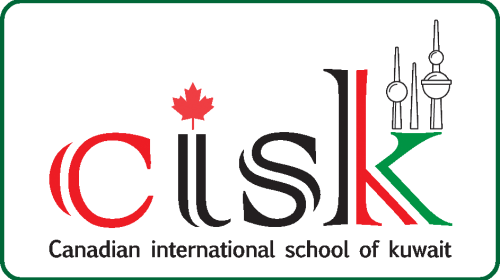

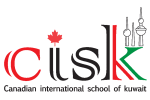
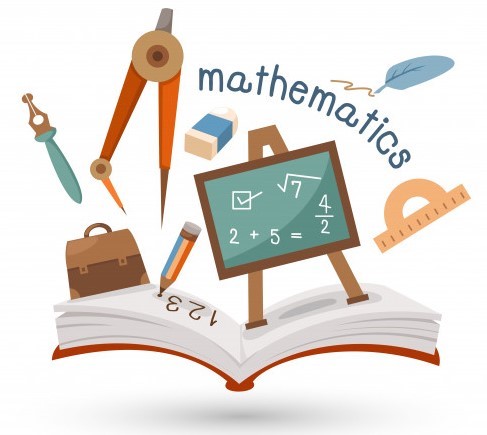
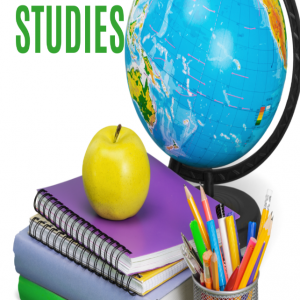
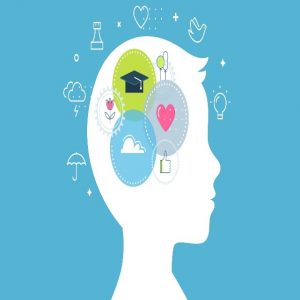
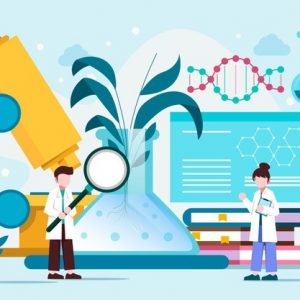

Reviews
There are no reviews yet.